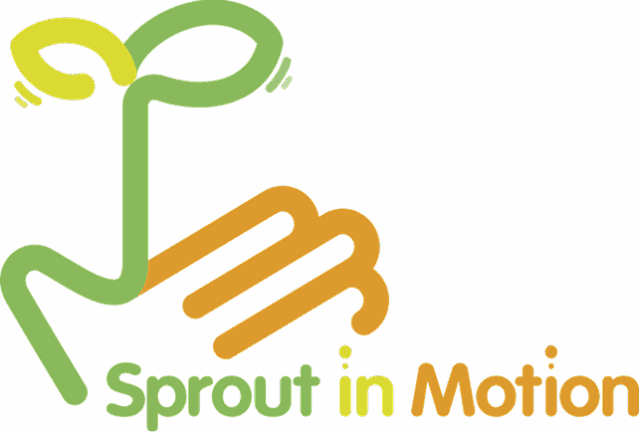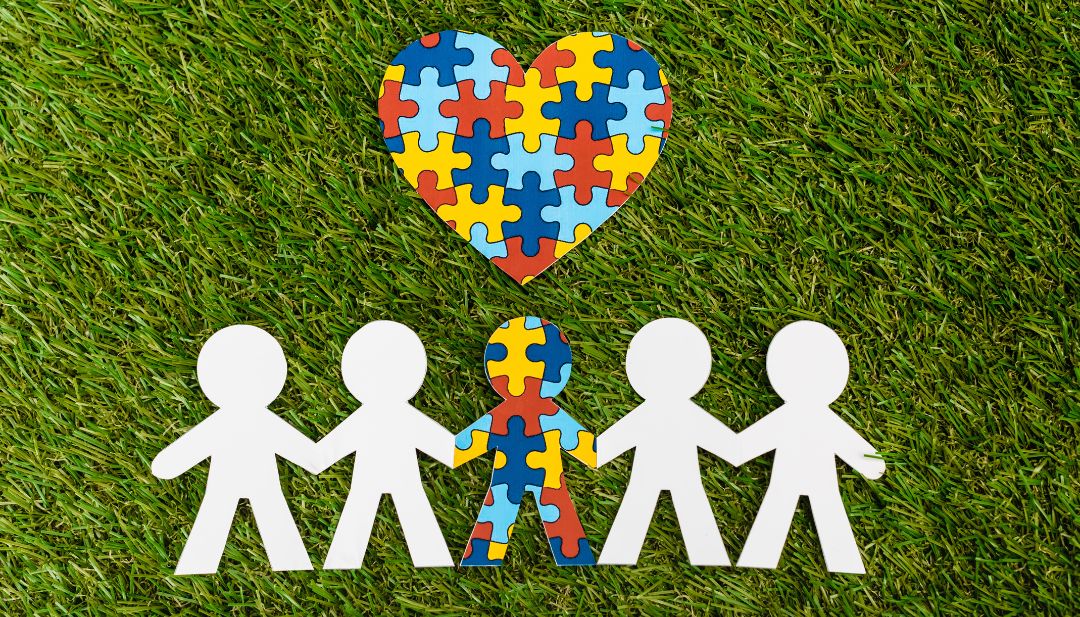
Take Charge: How Assessments Help Your Child Thrive
August 3, 2025
5 min read
As parents, it’s natural to want to protect your child from anything that could make their life more difficult. If your child is struggling in school—academically, socially, or emotionally—you may have been advised to get a comprehensive psychoeducational assessment. However, the idea of having your child “diagnosed” or “labelled” might feel overwhelming or even frightening.
You might ask yourself questions like:
- Will a diagnosis lead to discrimination?
- Will my child be treated unfairly or differently?
- Will this label follow them for the rest of their life?
These are valid concerns, but let’s take a closer look at what a psychoeducational assessment really is, why it’s helpful, and how it can empower your child. By the end, you’ll see that assessments and labels, when used properly, are tools for growth—not limitations.
What Is a Psychoeducational Assessment?
A psychoeducational assessment is a comprehensive evaluation conducted by a psychologist to uncover how your child learns, thinks, and processes information. It’s not about putting a label on your child—it’s about understanding their unique strengths and challenges.
This assessment answers questions like:
- Why is my child struggling?
- What are their specific learning needs?
- How can we support them to succeed?
The assessment may identify learning disorders (e.g., dyslexia or ADHD) or social-emotional challenges (e.g., anxiety or autism spectrum disorder). But most importantly, it provides clarity and a roadmap for helping your child thrive.
Why Parents Fear Labels
One of the most common fears about assessments is that a diagnosis or label will harm your child. You might worry that they’ll be judged, discriminated against, or limited by others—or even themselves.
While these concerns are understandable, it’s important to recognize two crucial things:
1. Schools Do Not Publicly Label Children
Diagnoses from a psychoeducational assessment are confidential. Schools and teachers are required to keep this information private and use it only to provide your child with the support they need. Your child will not be publicly labelled in the classroom or among their peers.
2. The Real Labels Are Already There
If your child is struggling without support, they may already have been labelled as “lazy,” “naughty,” or “dumb”—by others or even by themselves. These harmful labels can damage your child’s self-esteem and lead to a cycle of frustration and failure.
A diagnosis doesn’t create a label—it replaces inaccurate judgments with understanding and compassion. Instead of assuming your child is “lazy,” teachers and parents can recognize they may have ADHD and need help with focus and organization. Instead of calling them “naughty,” we can understand they may have sensory sensitivities or emotional regulation challenges.
Why a Diagnosis Can Be Empowering
Contrary to the fear that a diagnosis will limit your child, it can actually empower them. Here’s how:
1. It Provides Clarity
If your child is struggling, they already know something is wrong. Without understanding the root cause, they may internalize their struggles as personal failings, believing, “I’m not smart enough” or “I’m just bad at school.”
A diagnosis helps your child (and you) understand that their challenges are not their fault—they simply learn or process differently.
2. It Opens the Door to Support
Schools and teachers can’t provide effective support if they don’t know what your child needs. A diagnosis ensures your child receives targeted accommodations, such as extra time on tests, tools for emotional regulation, or small group instruction. These supports are not special treatment—they are tools to level the playing field so your child can succeed.
3. It Builds Confidence
A diagnosis helps your child learn about their unique brain and learning style. Instead of feeling “broken” or “stupid,” they can gain confidence in their strengths and learn strategies to overcome challenges.
ADHD: A Situational Label
Some labels, like ADHD, are dynamic and situational. ADHD symptoms aren’t fixed—they vary depending on the demands of the environment.
When the Environment Matches the Child’s Needs
If a child is in an environment that aligns with their learning style, ADHD symptoms may be minimal or even nonexistent. For instance:
- A child who struggles with focus in a traditional classroom might thrive in a hands-on, creative learning environment.
- A child who is easily distracted in a noisy setting might excel in a smaller, quieter classroom.
In these cases, the child may not meet the diagnostic criteria for ADHD because the environment reduces the impact of their challenges.
When Environmental Demands Increase
As children grow older, the demands of school and life often increase, particularly in high school. Suddenly, they must:
- Manage multiple classes, projects, and deadlines.
- Focus for longer periods on abstract or less engaging tasks.
- Take on more responsibility for their time and organization.
This is when underlying executive functioning (EF) challenges—such as difficulty with planning, time management, or self-regulation—often become more noticeable. Even if a child’s ADHD symptoms were manageable in earlier years, they may struggle more in high school.
Focus on Skills, Not the Label
Because some symptoms (like ADHD) are situational, the best approach is to focus on teaching your child essential skills, rather than fixating on the label. These skills will serve them well no matter what challenges they face.
Key Skills to Teach Your Child
- Time Management
- Teach them to break tasks into smaller steps, use timers or planners, and set realistic deadlines.
- Organization
- Help them create systems to track assignments and materials, such as color-coded folders or digital tools.
- Emotional Regulation
- Encourage strategies like mindfulness, deep breathing, or talking about feelings to manage frustration or overwhelm.
- Self-Monitoring
- Use tools like checklists or tracking apps to help them reflect on their focus and progress.
- Resilience
- Teach them how to learn from setbacks and bounce back stronger.
When Does the Label Really Matter?
A diagnosis like ADHD only becomes critical in specific situations, such as:
1. Accessing Public Exam Accommodations
When your child reaches the final years of secondary school, they may need accommodations for public exams (e.g., SATs, IB exams, or A-Levels). These could include:
- Extra time on tests.
- A quiet testing environment.
- Access to assistive technology.
Accommodations ensure your child can demonstrate their knowledge without being hindered by their challenges. However, these accommodations usually require documentation of a formal diagnosis, which is why an assessment earlier in their school journey can be helpful.
2. Accessing Support Services
In some cases, a diagnosis may also open the door to additional resources, such as counseling, tutoring, or therapy, to address your child’s specific needs.
The Path Forward
If your child is struggling, avoiding an assessment out of fear of labelling may leave them unsupported and misunderstood. A diagnosis doesn’t limit your child—it provides clarity, understanding, and a plan for success.
Empowerment Through Understanding
- A diagnosis helps educators and parents replace judgment with compassion and targeted support.
- It empowers your child to understand themselves, embrace their strengths, and develop the skills they need to thrive.
Remember, your child’s worth and potential are not defined by a label. They are already incredible just as they are. A diagnosis, when approached with care and understanding, is simply a tool to help them shine even brighter.
Final Thoughts
As a parent, taking the step to get a psychoeducational assessment may feel daunting, but it is a powerful way to support your child. By focusing on skills, understanding their unique needs, and preparing for the future, you’re giving your child the tools they need to grow, succeed, and build confidence in their abilities.
A label isn’t a limitation—it’s a key to unlocking your child’s full potential. And that’s one of the greatest gifts you can give them.





